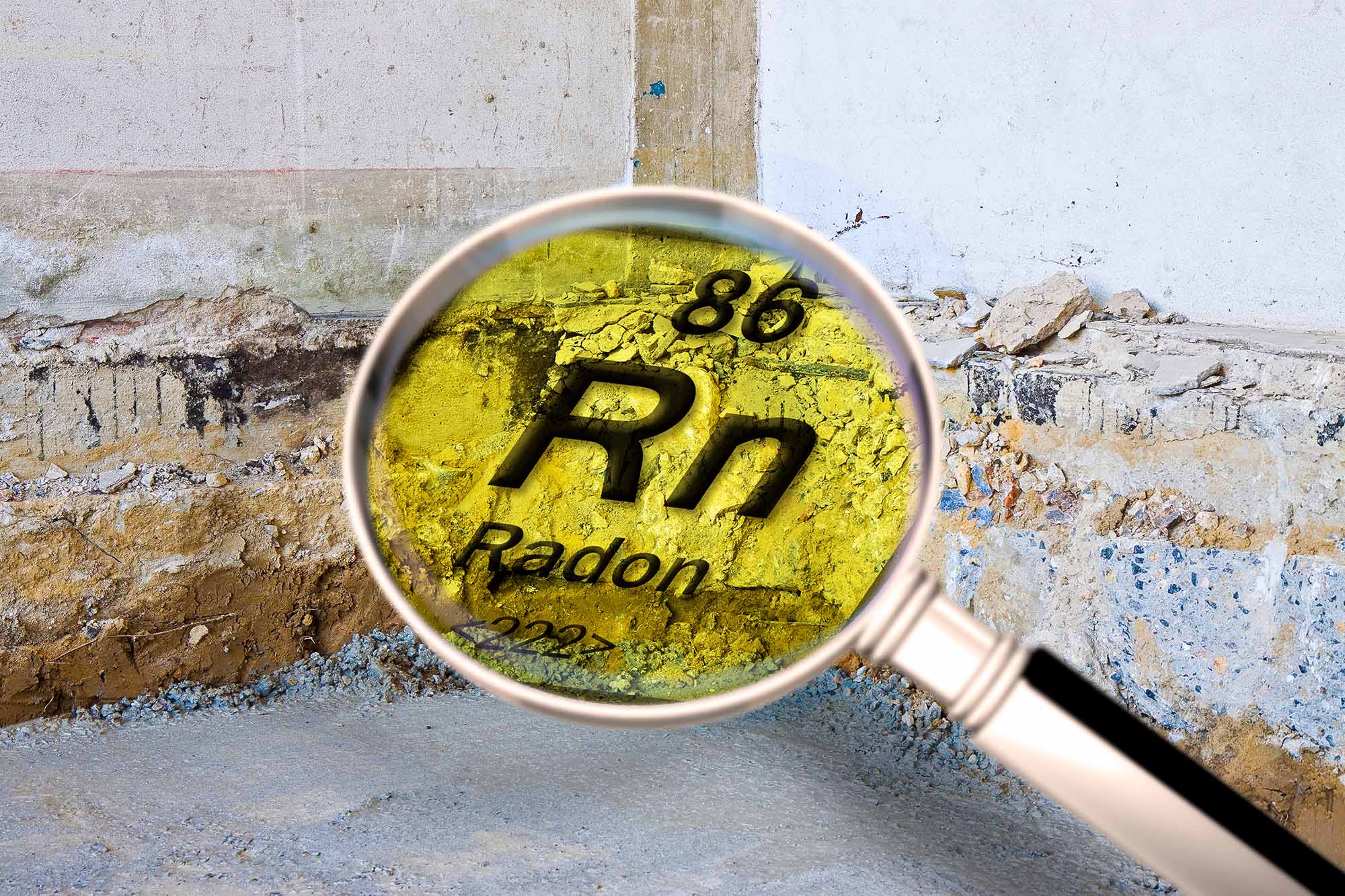Radon, a naturally occurring radioactive gas, has been a growing concern for homeowners, renters, and public health experts. Colorless, tasteless, and odorless, this silent intruder often goes unnoticed, putting the health of those exposed at risk. As the second leading cause of lung cancer after smoking, understanding the presence and dangers of radon in our living spaces is essential to protect our health and that of our loved ones.
So what is radon, and why should you be concerned about it? Below, we explore the ins and outs of radon, including its sources, how it enters our homes, and the health risks associated with exposure. We will also discuss practical methods for testing and mitigating radon levels in residential spaces, helping you take control of your indoor environment and safeguard your family’s well-being.
What is Radon?
Radon is a radioactive, colorless, tasteless, and odorless gas from the natural decay of uranium and radium in soil, rock, and water. As these elements break down, radon gas is released and seeps into the air. While it’s in small amounts of outdoor air, it can accumulate in enclosed spaces like our homes, posing a health risk to our loved ones.
The primary reason radon is dangerous is that it’s a radioactive gas. Long-term exposure to elevated levels of radon can lead to lung cancer. Non-smokers exposed to high radon levels have a higher risk of developing lung cancer than those who don’t, while smokers exposed to radon are at an even greater risk. According to the Environmental Protection Agency (EPA), radon is the second leading cause of lung cancer in the United States, responsible for approximately 21,000 deaths yearly.

Where is Radon Most Commonly Found?
Radon is most commonly found in areas with higher concentrations of uranium in the soil and rocks, such as geological formations like granite and shale. The presence of radon can vary significantly from one location to another, even within the same region or neighborhood. In the United States, the Environmental Protection Agency (EPA) has divided the country into three radon zones based on the average indoor radon levels: Zone 1 (highest potential), Zone 2 (moderate potential), and Zone 3 (lowest potential). However, it’s crucial to remember that high radon levels can be found in any zone, so testing your home for radon is the only way to determine if you are at risk.
What Level of Radon is Unsafe?
A radon level is considered unsafe when it reaches or exceeds four picocuries per liter (pCi/L) of air, per the guidelines set by the United States Environmental Protection Agency (EPA). At or above this level, it is recommended to take action to mitigate radon exposure and reduce the concentration within your home or building.
[embedyt] https://www.youtube.com/watch?v=FRge4FMdUo4[/embedyt]Monitoring Radon in Your Home
Since radon is invisible and odorless, the only way to know if your home has high levels of this gas is to test for it. Radon levels can vary from one house to another, even in the same neighborhood. Construction materials, foundation type, and ventilation systems can influence a home’s radon levels.
Testing for Radon
The good news is that testing for radon is relatively simple and inexpensive. There are two types of radon tests: short-term and long-term. Short-term tests measure radon levels for two to 90 days, while long-term tests measure levels for longer than 90 days, providing a more accurate representation of the radon concentration in your home.
Radon test kits are available at local hardware stores or can be ordered online. After completing the test, you must send it to a laboratory for analysis. If your test results show high radon levels (4 picocuries per liter or higher), the EPA recommends taking action to reduce radon exposure in your home.
Some air quality monitors can also continuously measure the radon levels in your home and alert you to dangerous levels so you can take action.
Reducing Radon Levels
If your home has high radon levels, don’t panic. There are several effective methods to reduce radon exposure. The most common technique is “radon mitigation” or “sub-slab depressurization,” which involves installing a venting system that captures radon from beneath your home’s foundation and releases it outside. Professional radon mitigation companies can help you design and install the best system for your home.
Radon might be an invisible home invader, but being proactive about testing and mitigating high levels can protect you and your family’s health. Don’t take chances with this silent threat – test your home for radon, and if needed, take the necessary steps to reduce its presence. Stay safe and breathe easy, knowing you’ve taken the proper steps to protect your home from this dangerous gas.


